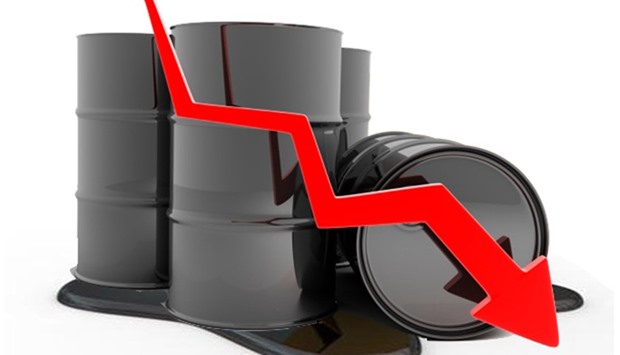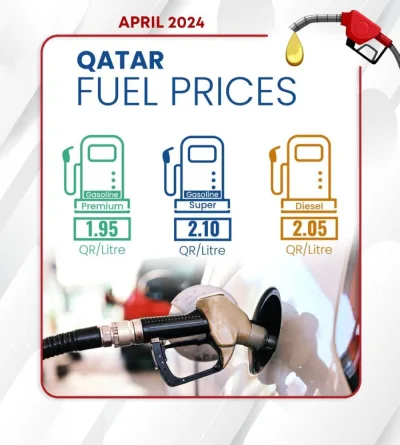US crude rose back above $30 a barrel and European benchmark Brent climbed well over $34 on Monday on hopes that the discussions would lead to concrete action to stabilise the battered market.
But at around 0600 GMT on Tuesday, US benchmark West Texas Intermediate for delivery in April, a new contract, was down 73 cents, or 2.19 percent, at $32.66. Brent for April dropped 67 cents, or 1.93 percent, to $34.02 a barrel.
‘Yesterday's increase could have come mainly from OPEC trying to rally the market into thinking that there will be action to come between OPEC and non-OPEC producers,’ Phillip Futures analyst Daniel Ang told AFP, referring to the discussions on a possible production freeze.
‘But without any concrete action, I continue to believe that prices shouldn't be going upwards and this is reflected in the price drops.’
Muhammadu Buhari, the president of Nigeria, Africa's biggest oil producer, began a week-long visit to the Gulf on Monday stumping for relief from falling prices.
His trip started in Saudi Arabia, where he was to meet with King Salman bin Abdulaziz and senior Saudi officials. Saudi Arabia is the biggest producer in the 13-nation Organization of the Petroleum Exporting Countries.
Poorer OPEC members like Nigeria and Ecuador have been clamouring for a cut in production in a bid to stabilise prices, which have plunged to near 13-year lows this month.
But OPEC's richer members led by the Gulf states have refused to budge, preferring to fight for market share against rivals like the US.
Analysts said traders will also be monitoring orders data regarding US durable goods for January on Thursday and US fourth quarter GDP numbers on Friday, the latest gauge of the economic health of the United States, the world's top oil consumer.
The US energy department will release Wednesday its inventory on commercial crude stockpiles for the week ending February 19, a closely watched index to measure demand in the world's biggest economy.



